Art Institute’s ‘Desire Lines’ questions societal relationships
Screenshot from Art Institute of Chicago website
Desire Lines is Igshaan Adams’ first major solo exhibit in the United States, with more than 20 works made between 2014 and now, including a large-scale commission produced expressly for the exhibit.
May 19, 2022
As visitors enter Gallery 184 at the Art Institute of Chicago, they are encouraged to follow the line that wraps around the outside wall. First: a rose in full bloom, meticulously crafted using string, glass, wood, bone and plastic beads. The rose jumps off the wall, beckoning the viewers to come closer, to immerse themselves in its ephemeral beauty.
The rest of Igshaan Adams’ installation exhibit ‘Desire Lines,’ on display at the Art Institute until Aug. 1, works wonders in similar ways. By piecing together the artist’s experiences in his hometown in South Africa during apartheid, the exhibit successfully answers the questions at its core: “How would you treat someone differently if you knew everything about them? Or nothing?”
The main strength of this exhibit lies in the artist’s ability to incorporate his real-world experiences into the broader thematic issues of identity, violence and generational trauma. The first memory, coinciding with the initial rose, details Adams’s mother’s spiritual teachings in Sufism, particularly relating to life’s hardest experiences. He argues that when one experiences a major life event, they take a petal off of their rose, until they get to the seed that was there from the beginning.
The exhibit then moves the viewer through a series of tapestries, in different shapes and forms, all depicting different instances in the artist’s life when petals were removed from his rose. He works to highlight these instances by portraying the space in between — the desire lines which allow him to weave together his personal experiences with that of the collective.
Halfway through the exhibit, there is a short passageway into the other room, covered floor to ceiling in linoleum sheets from two communities in Cape Town belonging to two distinct racial groups. One can’t tell the difference between the sheets from the different communities, yet there is so much hatred between them. This is just one instance of Adams questioning the racial divides that plague this world and of him exploring broader issues through his experience.
The hallway opens up to the exhibit’s central piece: a 50- by 23-foot map, commissioned by the Art Institute, of the desire lines that make up his hometown of Bonteheuwel. Hovering above it, transcendent “cloud structures” stand out in sharp contrast to the map’s dense material. Although the exhibit required quite a bit of thought to truly comprehend its powerful message, the culmination of the ideas into this piece was truly spectacular.
After walking through this map, I happened upon yet another rose, this time stripped of its petals and laid bare to the world. The journey of life was complete.































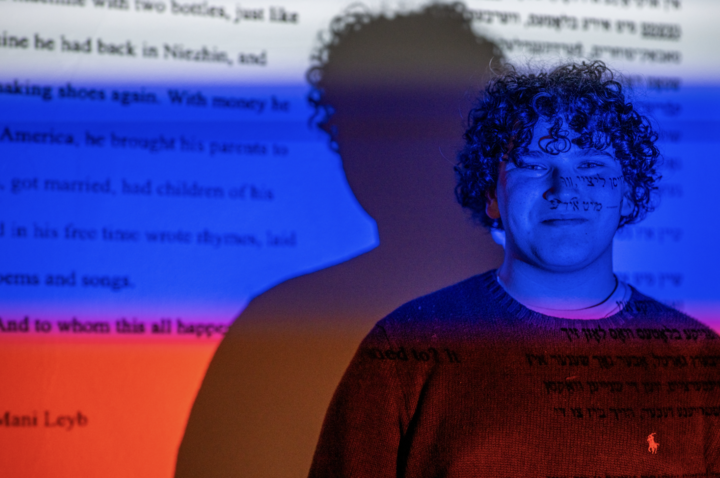



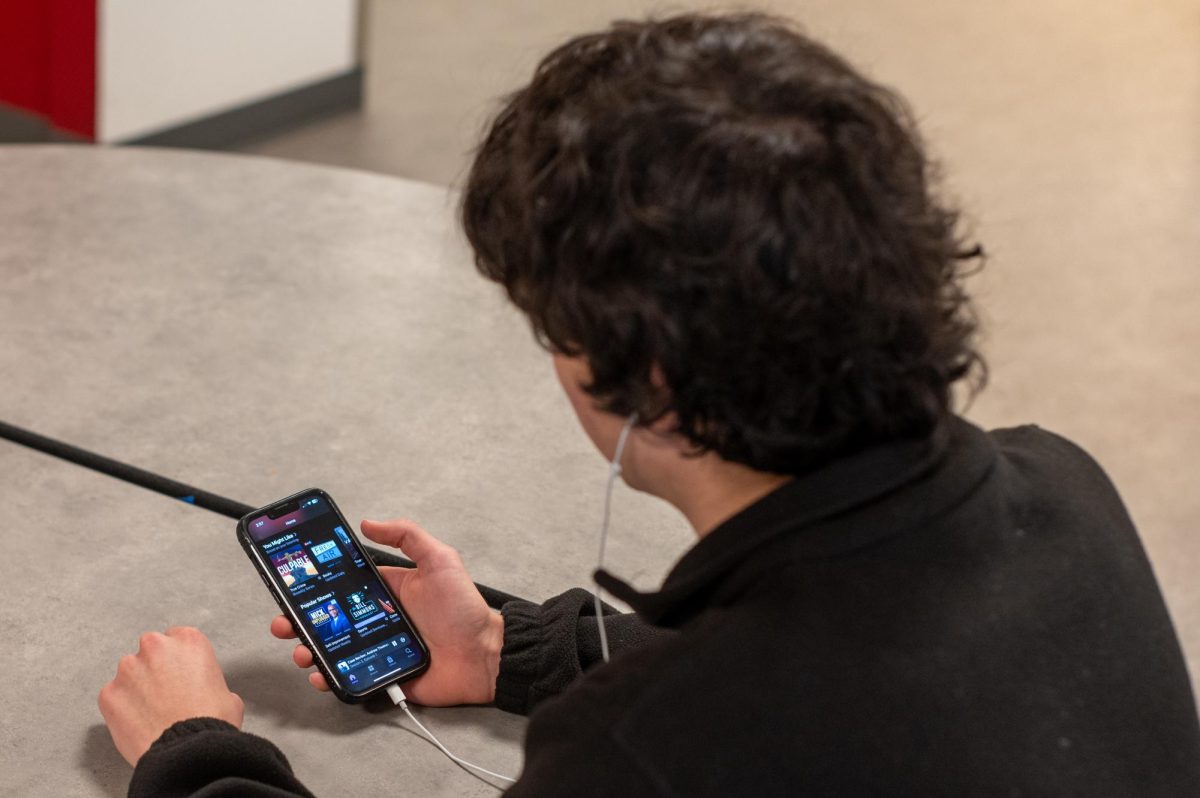





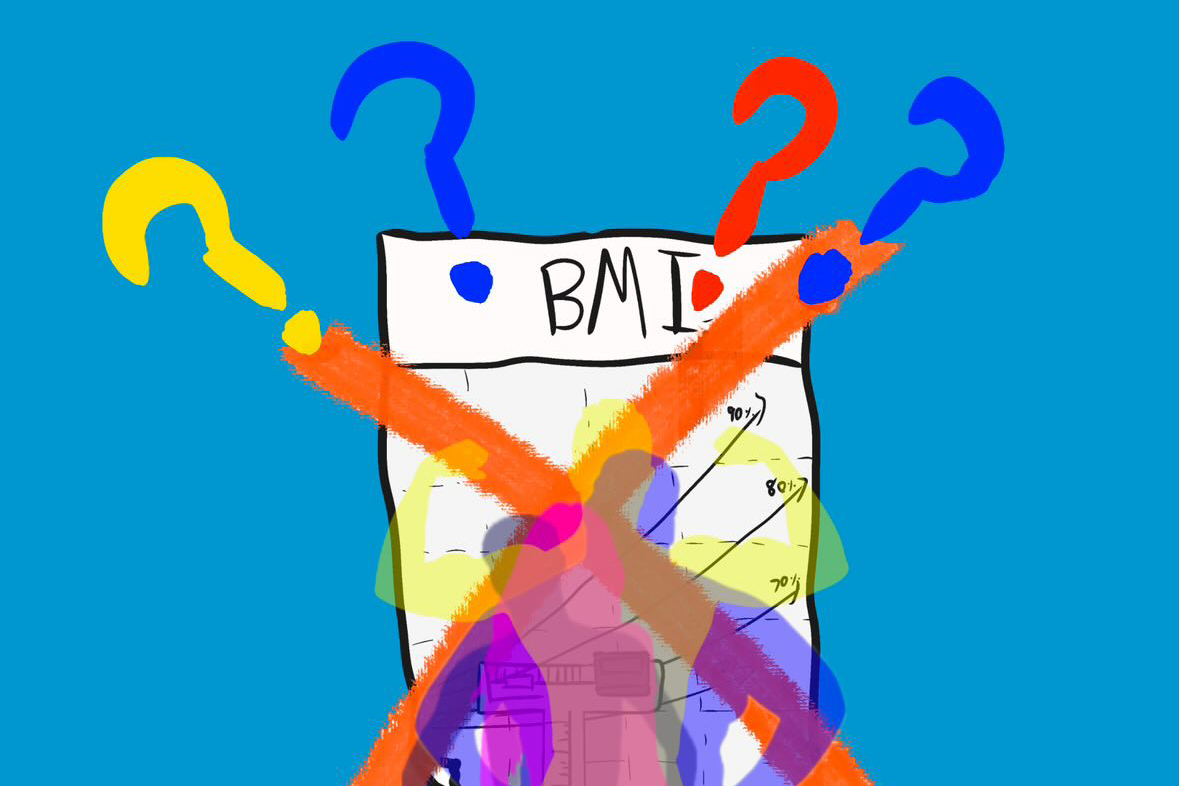




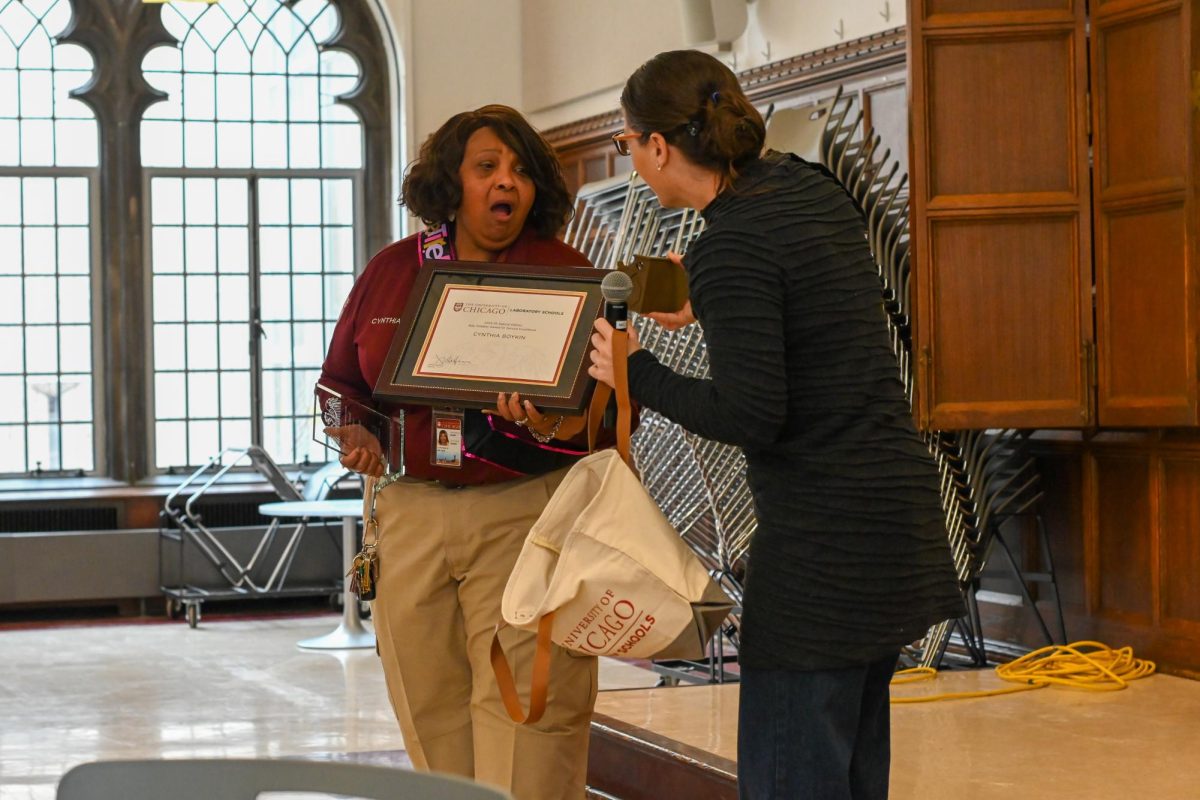














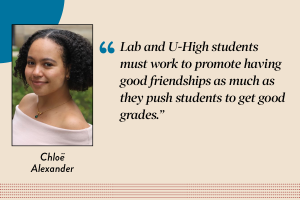



Sunny Neater • May 21, 2022 at 2:11 pm
love this review!
Daniela • May 20, 2022 at 2:03 pm
Lovely piece.